With a sweet fragrance and beautiful flair, these pollinator-enticing plants add color and elegance to the garden all season long.
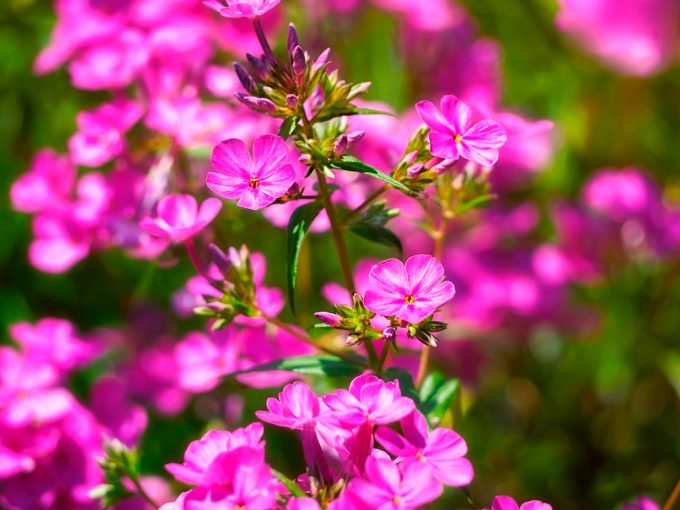
Find the Perfect Phlox Flower for Your Garden

The fragrant phlox flower is a timeless classic. It provides gorgeous color and versatility as a ground cover and in rock gardens—borders, beds and containers—or in cutting gardens. Crisp white, soft pink, deep purple or fiery red blooms take center stage in your outdoor space. Easy to grow in a variety of environments, these sweet-smelling hardy perennials attract hummingbirds, butterflies and other pollinators.
On This Page
Which Phlox Flower Is Right for Your Yard?

Planting a variety of phlox that bloom at different times can extend your enjoyment throughout the season, says Linda Langelo, a Colorado State University Extension horticulture specialist, and producer of the Relentless Gardener podcast.
Creeping Phlox

Start the season with creeping phlox (Phlox subulata). This low-growing variety works as a ground cover, in a rock garden, or cascading over a retaining wall. “It’s native in the eastern U.S. through the Midwest and central and eastern Canada, and blooms early to mid-spring in full sun,” Linda says. Creeping phlox produces pink, lavender, reddish purple, blue and white blossoms. It needs moist, well-draining humus soil, Linda adds. Because of its carpet-forming growth, this variety also helps prevent soil erosion on slopes.
Garden Phlox or Meadow Phlox

For a majestic presence in cottage gardens try garden phlox (P. paniculata) or meadow phlox (P. maculata), suggests Linda. These varieties grow between 24 and 48 inches tall, bloom in the summer and make lovely cut flowers.
“Meadow phlox, sometimes called wild sweet William, has darker green leaves and conical panicles with earlier flowering and better mildew resistance,” Linda says. This variety features mauve to pink blossoms and thrives in full sun and light shade with moist, well-draining loam, clay or sandy soils. However, it’s not drought tolerant and needs more water in dry periods.
Garden phlox comes in a wide array of colors, and while some types can be susceptible to powdery mildew, there are mildew-resistant cultivars.
Woodland Phlox
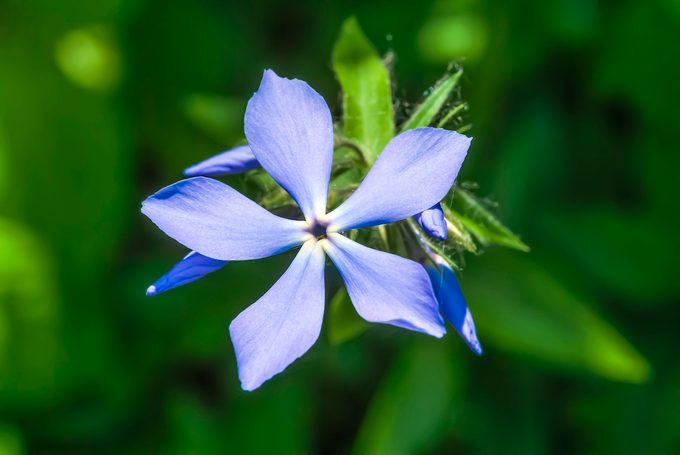
Native to midwestern woods and fields, woodland phlox (P. divaricata) adds a punch of blue and violet spring color in shady spots, forming dense mats of lush foliage.
Similar to woodland phlox in its color and shade tolerance, P. stolonifera is actually commonly referred to as creeping phlox. However, unlike the other creeping phlox, P. subulata, this one is slightly taller and native to the forests of the eastern states and some of the eastern edges of the Midwest.
“Woodland phlox needs part-shade, moist, well-draining soil,” Linda says. She notes that P. stolonifera is the most tolerant of dense shade cover.
Top Performing Cultivars to Grow
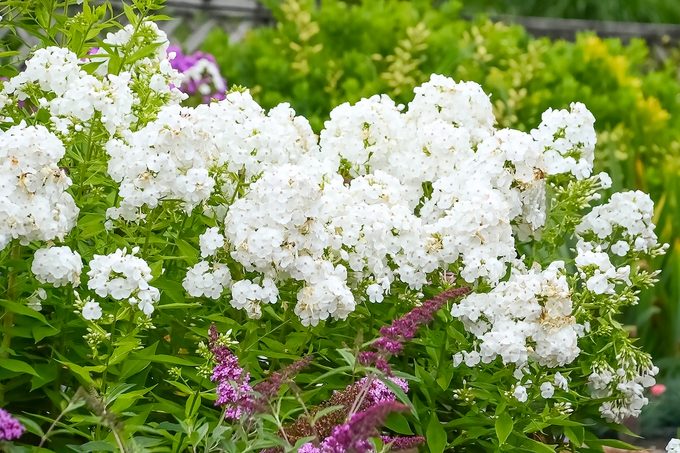
Linda Langelo’s picks for mildew-resistant varieties include:
- David garden phlox
- Candy Store Coral Crème Drop garden phlox
- Delta Snow garden phlox
- N³ Springfall smooth phlox
How, When and Where to Plant Phlox

Taller and some creeping phlox flower species flourish in full sun, while other creeping and woodland varieties prefer partial shade, so select the right exposure for light and soil and note its width at maturity to ensure these timeless beauties thrive, suggests Linda.
“Fall planting is best, spring planting is second best for creeping phlox and early spring or early fall for other phlox. Plant after all danger of frost in the spring has passed and one month before the frost date in the fall— don’t transplant or plant in the summer,” Linda says, noting that adding compost or organic matter will help with moisture infiltration in the soil.
“Mix that into the soil, don’t just pack it around the root ball,” Linda says. “Dig a hole twice the size of the container. Make the top of the root ball level with the soil surface, then backfill with the soil you removed from the hole. Water well, allow the soil to settle and then water again. Fill in more soil if needed and make sure the bottom of the hole is firm; you don’t want the root ball to sink too low below the soil surface.”
In small spaces, plant phlox flowers in containers, mixing different varieties for a dynamic display: Use creeping phlox as spillers and garden phlox as thrillers.
Phlox Flower Care and Growing Tips
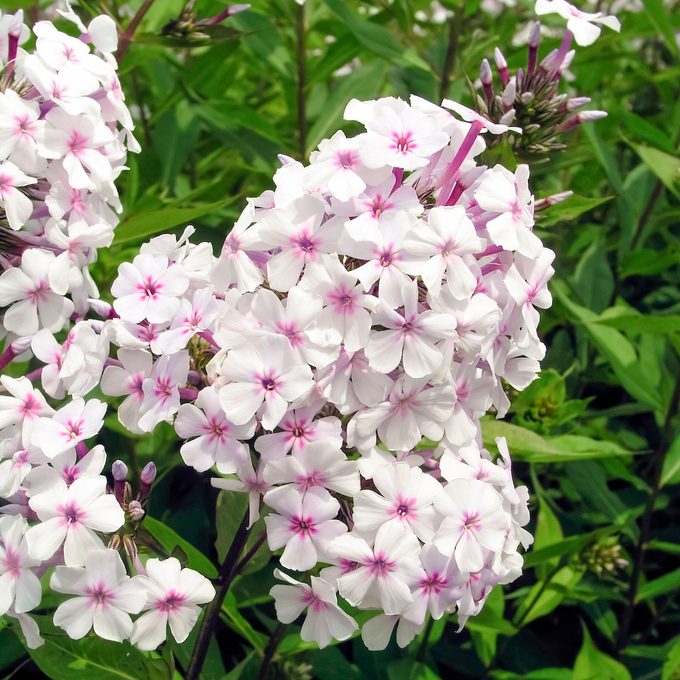
With proper planting, regular watering, a light spring feeding and periodic deadheading, phlox will flourish, Linda says. “Make sure there’s enough air circulation around the plants to help prevent powdery mildew; you can cut about a third of the stems out of the phlox to help with air circulation before buds form,” she suggests.
Prune creeping phlox right after it flowers in spring or early summer. For garden phlox, cut back stems after the season is over. This will also help prevent powdery mildew on the leaves and stems from overwintering, adds Linda.
“With tall garden phlox, lightly prune before flower buds form, above a leaf node. This will encourage the plant’s growth hormones, known as auxins, to stimulate lateral growth and make your phlox bushier. Remember, pruning encourages growth at the point you prune,” Linda says.
Avoid overhead watering to reduce the risk of powdery mildew. For woodland phlox, add a layer of mulch to retain moisture and suppress weeds.
Phlox Pollinator Benefits
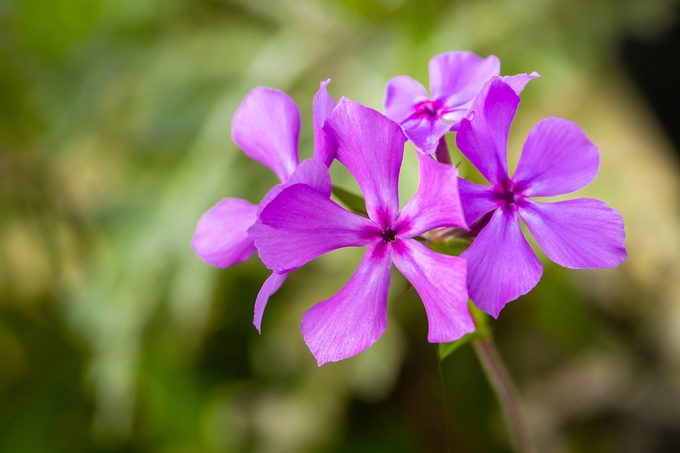
Phlox flower attracts honeybees, butterflies, moths and hummingbirds, thanks to its nectar-rich, vivid blossoms and long blooming periods.
“According to a Mt. Cuba trial with phlox, Jeana garden phlox attracted the most species of butterflies, followed by Lavelle garden phlox,” notes Linda. “Garden phlox is best for bees and hummingbirds because the clusters are larger, and creeping phlox attracts bees and butterflies. The small clusters of flowers and the tubular throats prevent nectar from evaporating quickly.”
A Phlox Flower by Any Other Name

The common names of phlox can be very confusing. Some types share the same common name but have very different characteristics. For example, creeping phlox can refer to the early-blooming, sun-loving Phlox subulata. That said, it also refers to P. stolonifera, which blooms slightly later, is a little taller and does well in shade.
Similarly, both P. maculata and P. divaricata are commonly called wild sweet William. In addition, this could be confused with the dianthus common name, sweet William. So before you start shopping for a specific phlox, get to know the Latin names. That way, you’ll be sure you’re getting the right one.
RELATED:
- Dame’s Rocket vs. Phlox: What’s the Difference?
- 8 Super-Fragrant Flowers That Pollinators Love
- Top 10 Purple Plants to Grow in Your Garden
About the Expert
Linda Langelo is a Colorado State University Extension horticulture specialist and producer of the Relentless Gardener podcast. She conducts the Native Plant Master Program, and coordinates volunteer programs with CSU Extension. She has been involved in horticulture for 40 years.
Sources
- Wayside Gardens, “A Horticulturalist’s Guide for Choosing the Perfect Phlox“
- National Garden Bureau, “Year of the Phlox“
- Wayside Gardens, “Enjoy the Beauty of Phlox: A Perfect Addition to Any Garden“






















